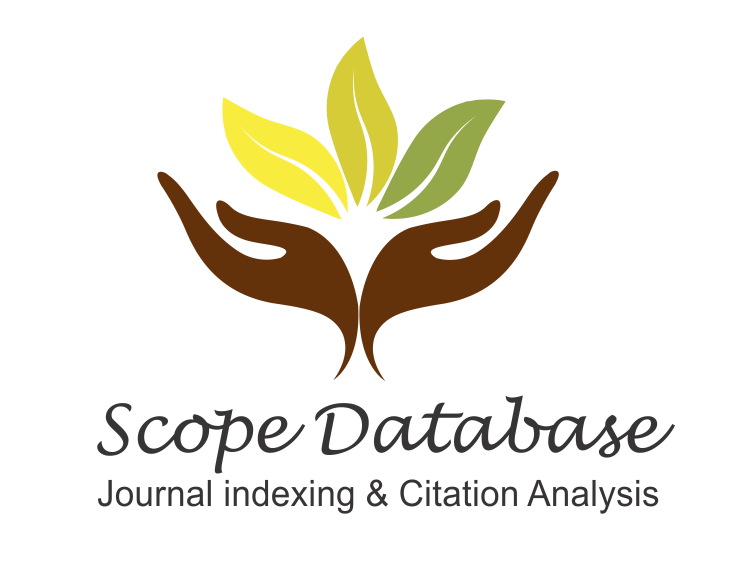Evaluation of Cases with Abdominal Tuberculosis in Children: Ten Years of Experience from a Single Center in Turkey
Ümmühan Çay, Özlem Özgür Gündeşlioğlu, Derya AlabazDepartment of Pediatric Infection, Çukurova University Faculty of Medicine, Adana, TürkiyeINTRODUCTION: Abdominal tuberculosis (ATB) is a very rare type of extrapulmonary tuberculosis that occurs as a result of infection of the gastrointestinal tract, peritoneum, lymph nodes, and solid organs with Mycobacterium tuberculosis or Mycobacterium bovis. In this study, we aimed to evaluate the clinical, laboratory, radiological, and histopathological features, diagnostic methods, and prognosis of pediatric cases diagnosed with ATB.
METHODS: Thirteen patients diagnosed with ATB in our hospital between January 1, 2011, and January 1, 2021, were evaluated retrospectively.
RESULTS: Ten (76.9%) of the patients were females. The mean age was 13.5 years. TST was positive in 9 patients. Three patients had a history of TB contact. The median time between diagnosis and onset of symptoms was 45 (15150) days. The most common presenting symptom was abdominal pain. Seven of the patients were diagnosed with proven tuberculosis. M. tuberculosis grew in cultures of 5 patients. Tuberculosis polymerase chain reaction positivity was detected in the tissue of two of them. C-reactive protein was high in 9 (69.2%), sedimentation was high in 11 (84.6%) patients, albumin value was low in 5 (38.4%), and anemia was present in 10 (76.9%) patients. A single abdominal area was involved in 7 patients, and multiple abdominal areas were involved in 6 patients. The most frequently involved intra-abdominal area was the peritoneum, and the second was the lymph node. Two patients had isolated abdomen. Pulmonary tuberculosis accompanied in 9 (69.2%) patients. Eleven (84.6%) patients underwent laparoscopy. Intra-abdominal abscess complications developed in 1 patient. The mean follow-up period was 23 (1861) months. None of the patients died.
DISCUSSION AND CONCLUSION: ATB can be easily overlooked because it is very rare, and its clinical findings are nonspecific. It should be kept in mind in patients with chronic abdominal symptoms. Although tuberculosis is a preventable disease, the positive effects of early diagnosis and treatment on prognosis should not be forgotten.
Keywords: Abdominal tuberculosis, child; extrapulmonary tuberculosis; prognosis.
Çocuklarda Abdominal Tüberkülozlu Olguların Değerlendirilmesi: Türkiyede Tek Merkezden 10 Yıllık Deneyim
Ümmühan Çay, Özlem Özgür Gündeşlioğlu, Derya AlabazÇukurova Üniversitesi Tıp Fakültesi, Çocuk Enfeksiyon Bilim Dalı, AdanaGİRİŞ ve AMAÇ: Abdominal tüberküloz gastrointestinal sistem, periton, lenf nodları, ve solid organların Mycobacterium tuberculosis ya da Mycobacterium bovis ile infekte olması sonucu ortaya çıkan oldukça nadir görülen bir ekstrapulmoner tüberküloz çeşididir. Bu çalışmada, abdominal tüberküloz tanısı olan çocuk olguların klinik, laboratuvar, radyolojik, histopatolojik özelliklerinin değerlendirilmesi, tanı yöntemler ve prognozunu belirlemeyi amaçladık.
YÖNTEM ve GEREÇLER: Çalışmaya hastanemizde 01.01.201101.01.2021 tarihleri arasında abdominal tüberküloz tanısı alan 13 hasta retrospektif olarak değerlendirildi.
BULGULAR: Hastaların 10u (%76.9) kızdı. Ortalama yaş 13,5 yıldı. tüberkulin deri testi 9unda pozitifdi. Üç hastada TB temas öyküsü vardı. Tanı konma ile semptomların başlangıcı arasındaki süre ortanca 45 (15150) gündü. En sık başvuru semptomu karın ağrısıydı. Hastaların 7si kanıtlanmış tüberküloz tanısı aldı. Beş hastanın kültürlerinde M. tuberculosis üredi. İkisinde dokuda TB-PCR pozitifliği saptandı. C-reaktif protein 9 (%69.2), eritrosit sedimantasyon hızı 11 (%84.6) hastada yüksekti, 5 (%38.4) hastada albümin değeri düşük, 10 (%76.9) hastanın anemisi mevcuttu Hastaların 7sinde tek abdominal alan, 6sında multıpl abdominal alan tutulmuştu. En sık tutulan intraabdominal alan periton, ikincisi lenf noduydu. İki hastada izole abdomen tüberkülozda vardı. Dokuzunda (%69.2) pulmoner tüberküloz eşlik ediyordu. Onbir (%84.6) hastaya laparoskopi uygulandı. Bir hastada batın içi abse komplikasyonu gelişti.Takip süresi ortalama 23 (1861) aydı. Ölen hasta olmadı.
TARTIŞMA ve SONUÇ: Abdominal tüberküloz oldukça nadir olması ve klinik bulguların nonspresifik olması nedeniyle kolayca atlanabilmektedir. Kronik abdominal semptomu olanlarda akılda tutulmalıdır. Tüberküloz önlene bir bir hastalık olmak ile birlikte erken tanı ve tedavinin prognoz üzerindeki olumlu etkisi unutulmamalıdır.
Anahtar Kelimeler: Abdominal tü, berküloz; çocuk; extrapulmoner tüberküloz; prognoz.
Manuscript Language: English




















